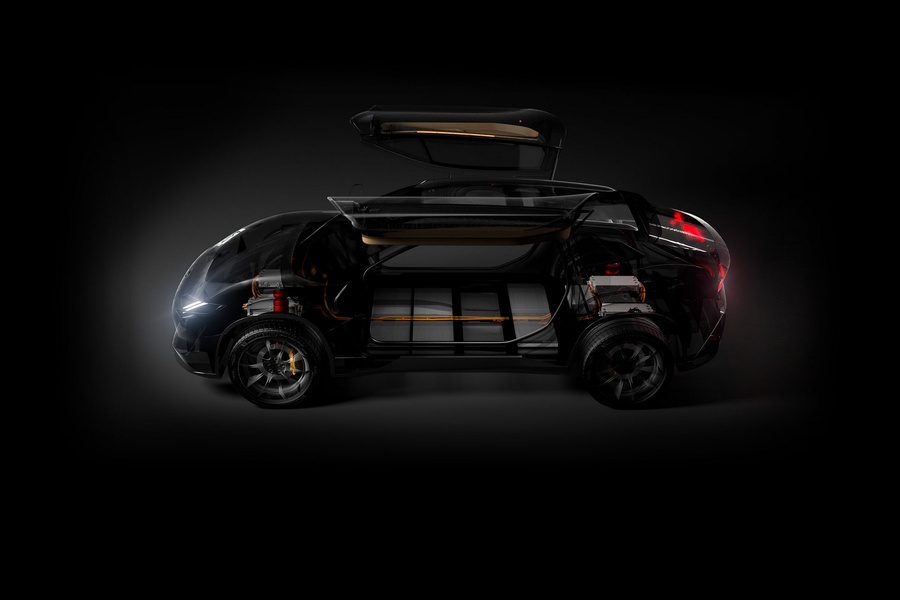Lowie Vermeersch, and his team at GranStudio designed Drako's SUV in Italy. The vehicle has two large gullwing doors, a coupe-style roofline, 23-inch alloy wheels, aggressive aero including a hole in the grille that leads out to the bonnet, and flying buttresses.
The Drako Dragon is 199 inches (5055 mm) long, 81 inches (2057 mm) wide, and 63 inches (1600 mm) tall. It weighs 4,969 pounds (2,254 kg). This makes it slightly longer than the Tesla Model X while weighing 562 pounds (255 kg) less than the heaviest P100D.
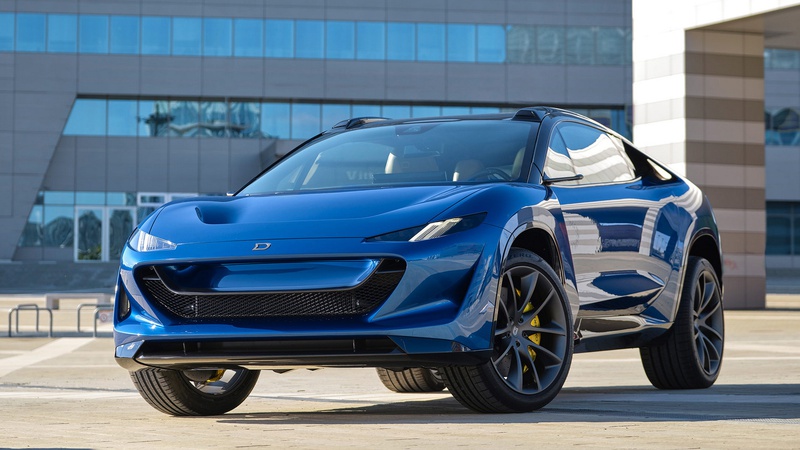
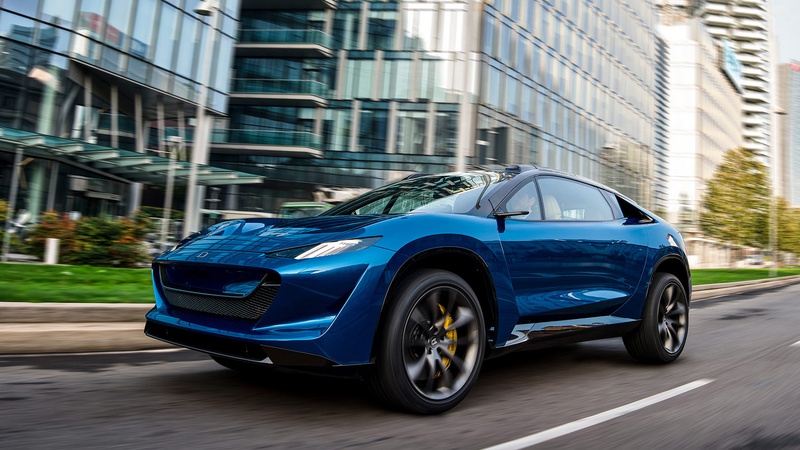
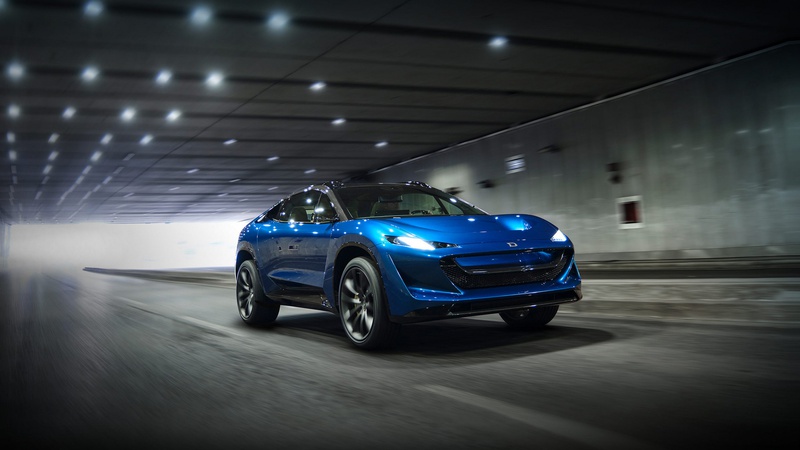



Drako Dragon
The five-seater cabin contains a large 17.1-inch touchscreen for the infotainment, a smaller digital instrument cluster, two screens for the mirror-replacing cameras, and two tablets on the seatbacks for the rear passengers.
The company that manufactures the Dragon SUV claims it to be "the most powerful, quickest, and fastest production hyper-luxury SUV in history". And with a combined output of 2,000 hp along with a 0-60 mph (0-97 km/h) acceleration in 1.9 seconds, a 9-second quarter mile time, and top speed of over 200 mph (322 km/h), it definitely outperforms any other production SUV containing ICE, hybrid, and EV powertrains.
The floor-mounted battery gives an EPA estimated range of 420 miles (676 km) and supports 500 kW charging, although Drako neglected to tell it's capacity. Please note that all Drako quotes are estimated as the Dragon has not yet gone into production.

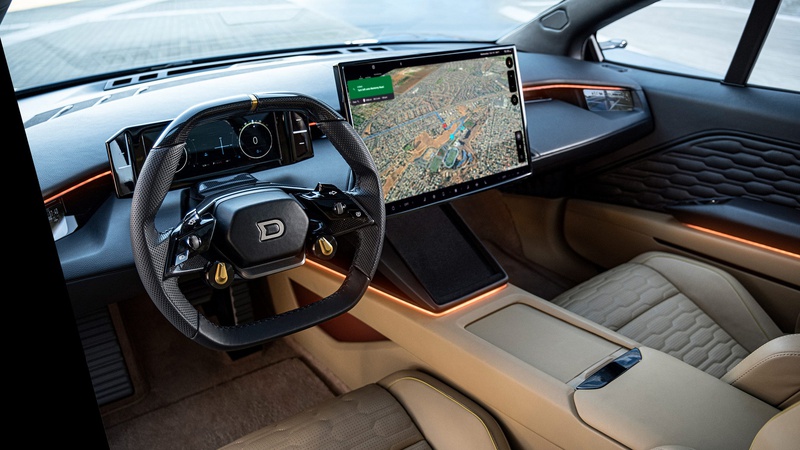
Drako Dragon
Surprisingly, the Drako Dragon has a list price of only $290,000 as opposed to the much higher $1.25 million asking price of the Drako GTE. The company has already started accepting reservations for the Drako Dragon, with a refundable $500 fee. If you want the limited First Edition of only 99 units, there is an additional $5k reservation fee. Deliveries of the Drako Dragon are not expected until 2026, but they have a planed production of 5,000 units per year.
Source: Carscoops

